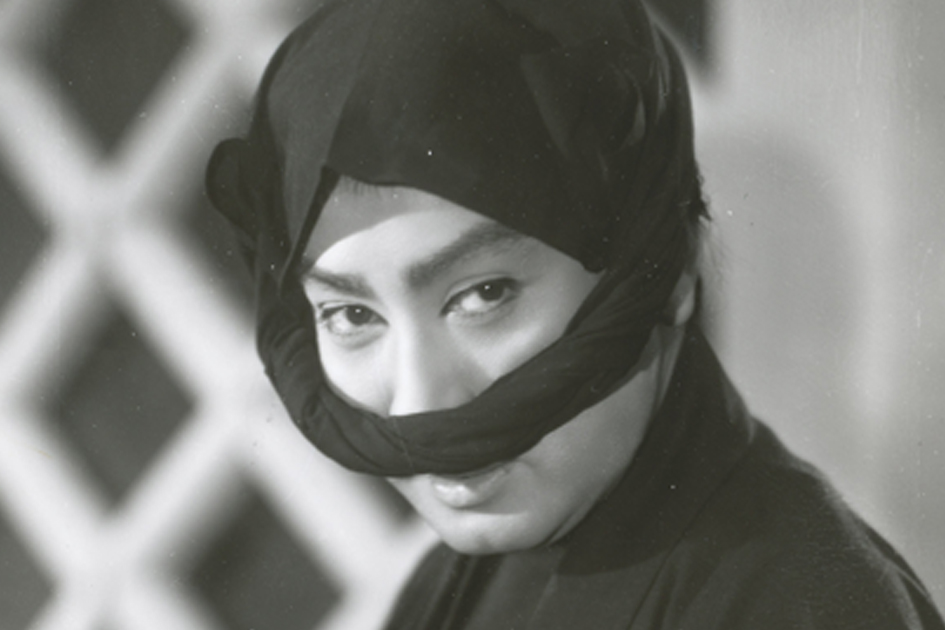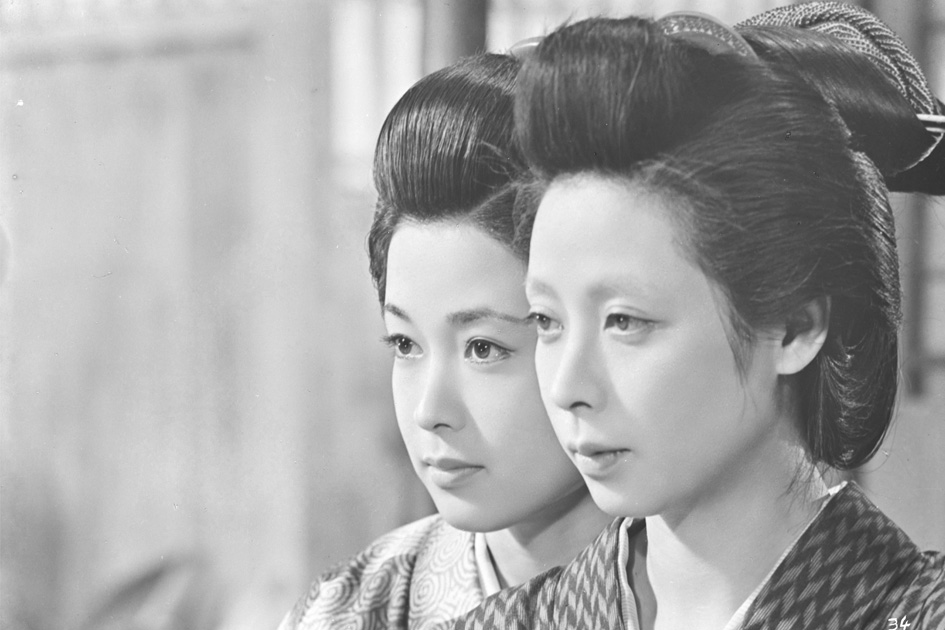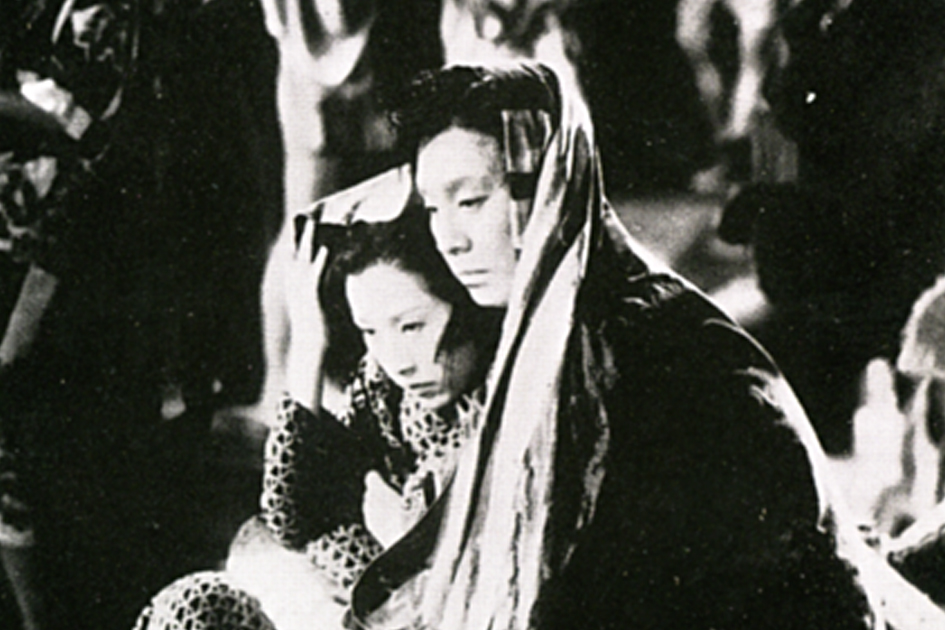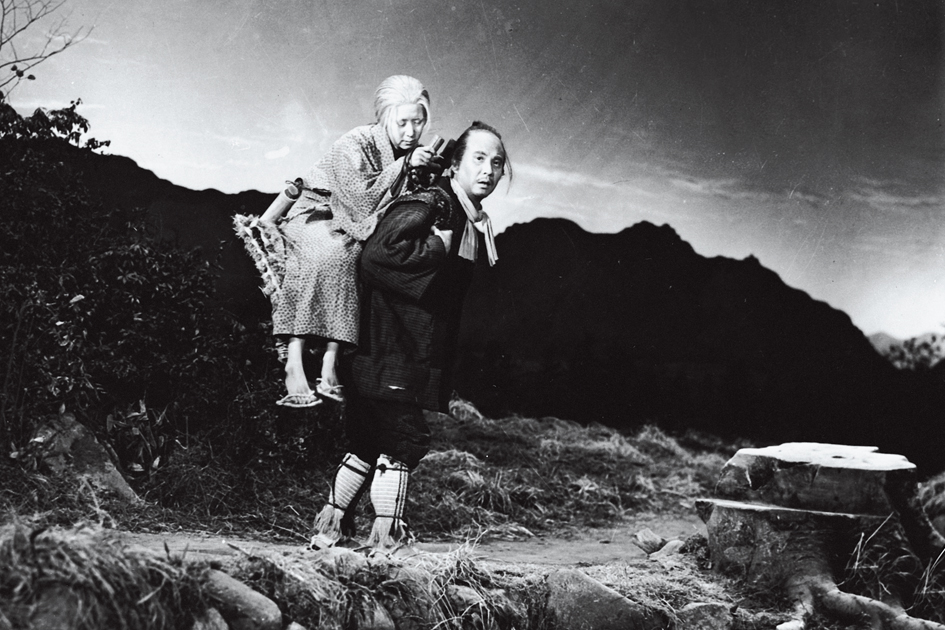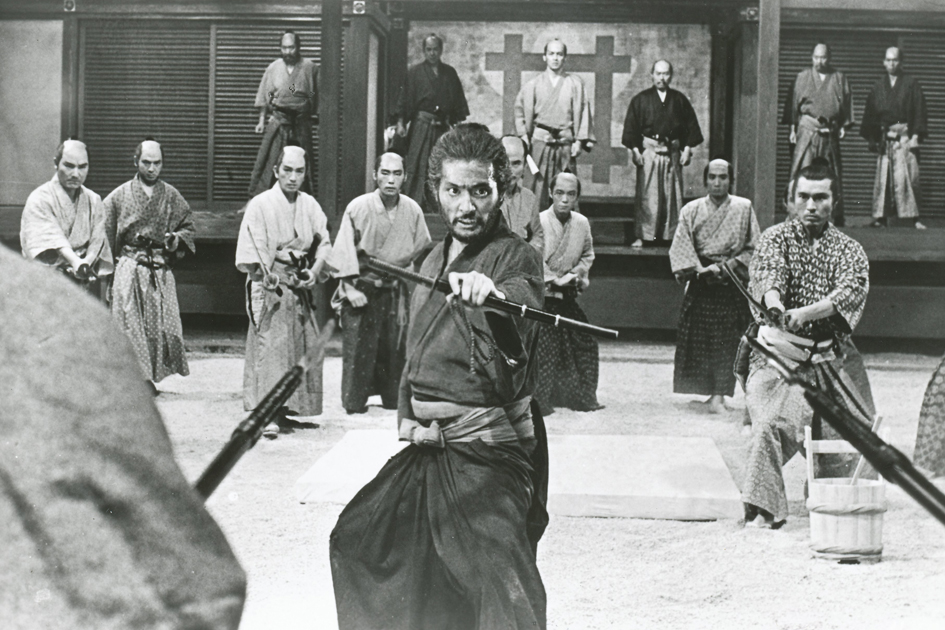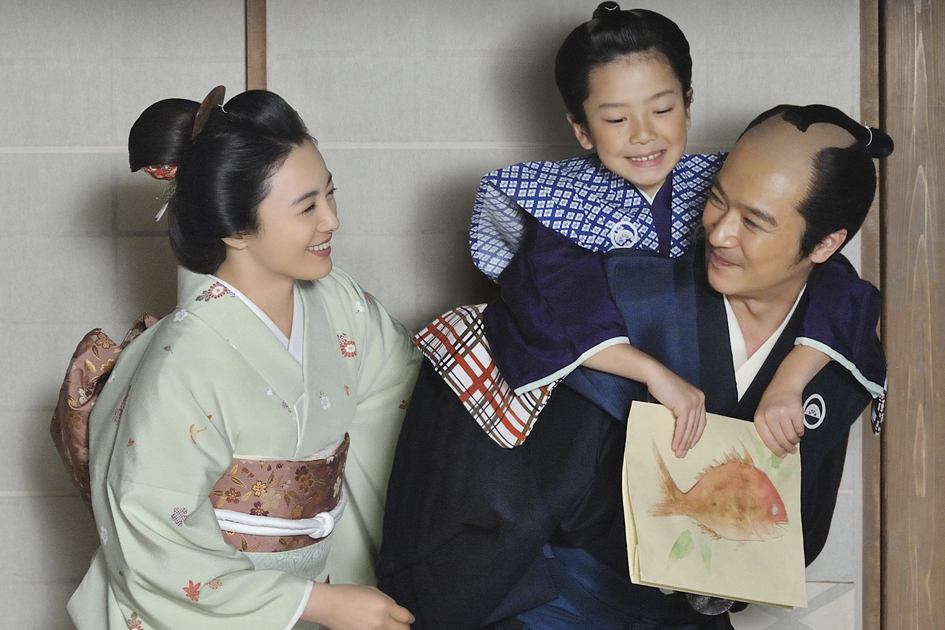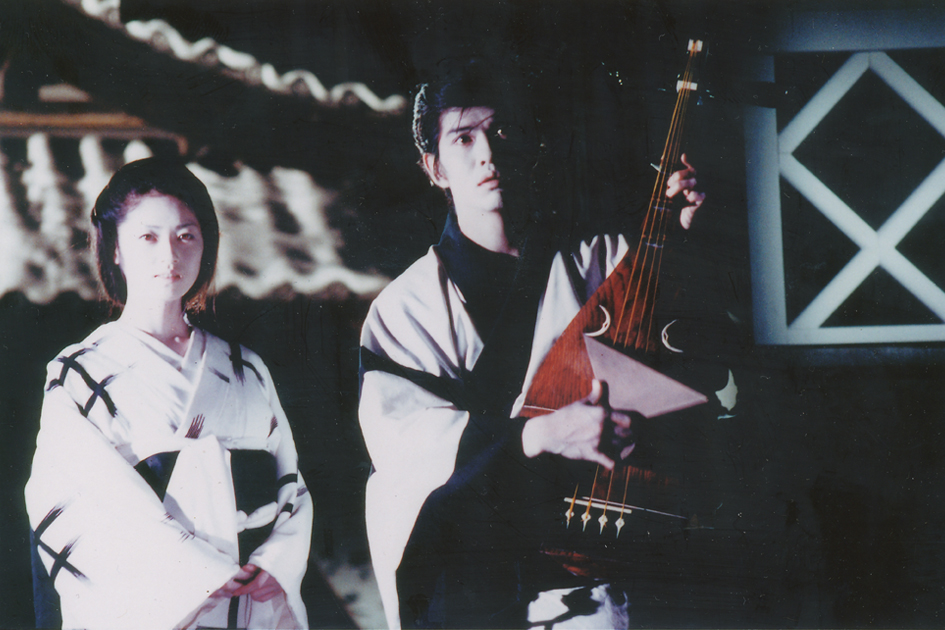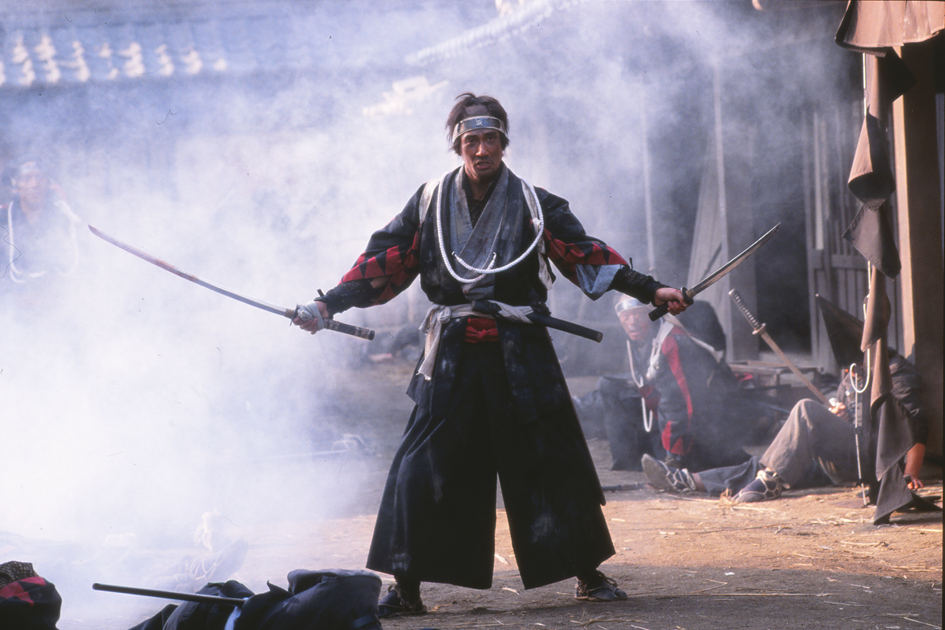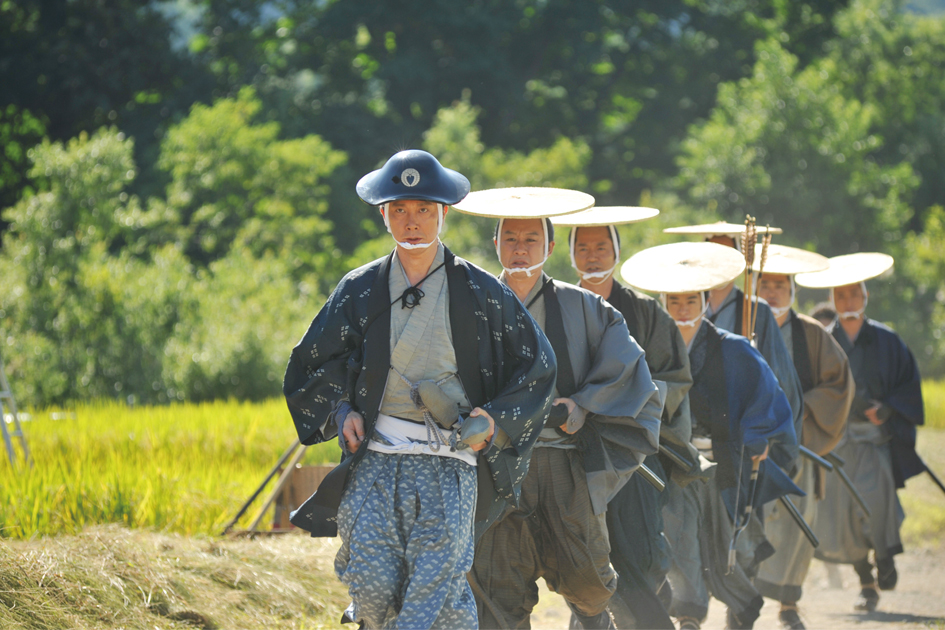SCREENING
『Dai Chushingura (Chushingura)』
With both artistic conscience and spirit for entertainment, The first full-sound version of the Chushingura
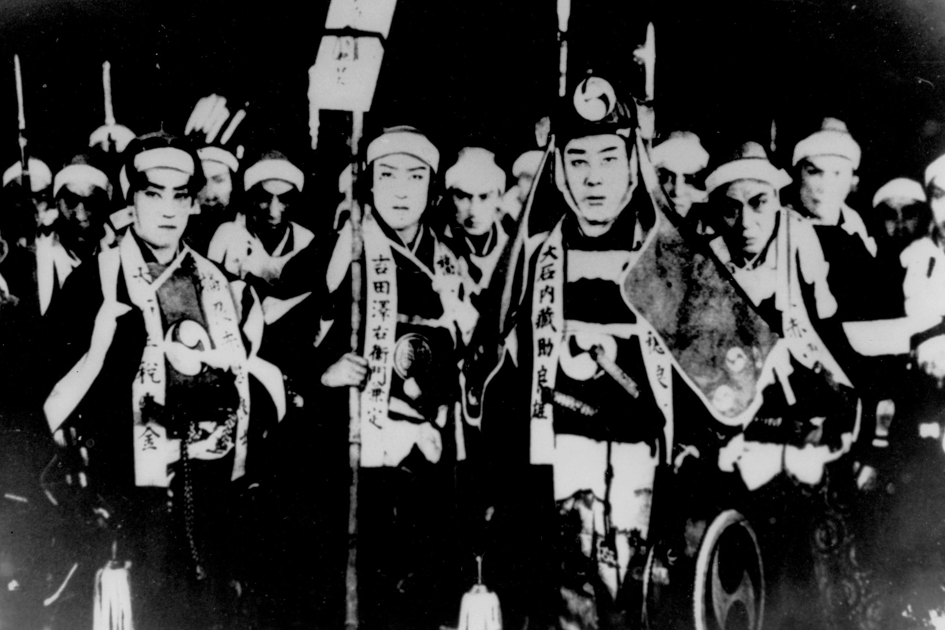
11月4日(水)13:30-
TicketData
| Director | Teinosuke Kinugasa |
|---|---|
| Cast | Jyusaburo Bando, Chojiro Hayashi, Utaemon Ichikawa, Kokichi Takada, Yukichi Iwata |
| Country | Japan |
| Year | 1932 |
| Time | 125min |
| Language | Japanese |
| Distribution | Shochiku |
Story
Year 14 of Genroku, March, the messengers of Emperor Higashiyama had arrived in Edo. Asano Takumi-no-kami, placed to be in charge of receptions, was being harassed by Koke’s Kira Kozunosuke, who was appointed to direct the reception, for not preparing enough gifts; with the harassment getting worse, he becomes enraged and ends up shedding blood in the Matsu corridor. Takumi-no-kami is removed from the family name, and is ordered to commit seppuku. Asano’s chief retainer and mastermind Oishi Kuranosuke leaves the castle, gathering comrades to defeat Kira to avenge for their late master...
Directors info
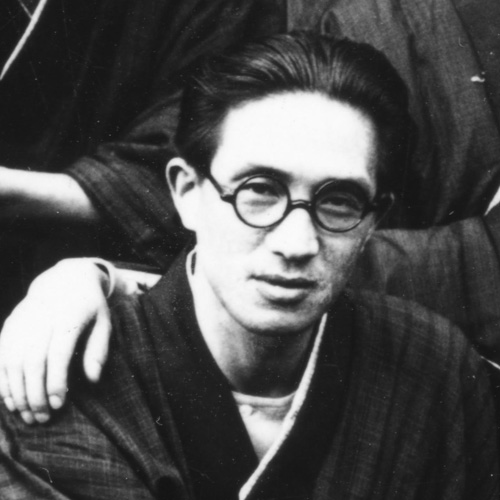
Teinosuke Kinugasa
(1896-1982) [Film Director and Actor] Born in Kameyama, Mie. Kinugasa starred in films as a Shinpa Onnagata actor, then switched to directing in 1922 with “Aa, Konishi junsa” (Makino Kyoiku Eiga). He released “A Page of Madness” (’26) together with Yasunari Kawabata as a Shinkankakuha film, which was to be credited as Japan’s first art film. He then helps establish the newcomer actor Chōjiro Hayashi’s (later Kazuo Hasegawa) career in Shochiku Shimogamo studio, which’s jidaigeki were mainly rough and battle-based at the time, teaching him expressions of elegance and charm, becoming a main player to advance Shochiku’s jidaigeki scene. He continued to incorporate the beauty of ancient Japanese art, architecture and customs into his cinematic expressions, establishing his own stylistic beauty. In the period of his maturity post-war, he directed “Gate of Hell” in 1953 at Daiei Kyoto Studios, and appraised by the Honorary President of the Cannes Film Festival, Jean Cocteau, he was awarded the Grand Prize.
